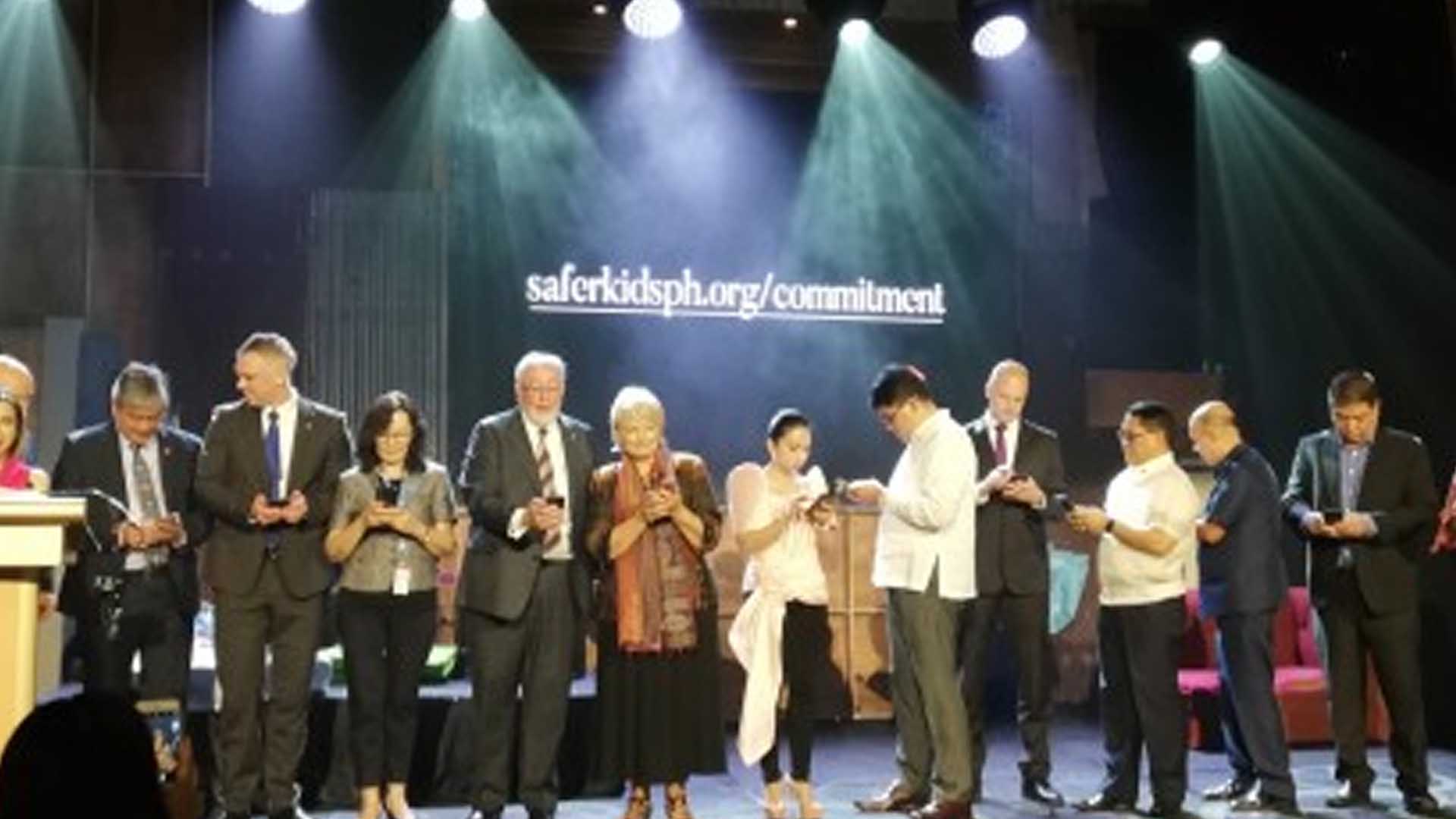An Australian government-led consortium publicly launched SaferKidsPH, a 6-year program seeking to elevate Filipinos’ awareness against child online exploitation and pornography in the Philippines.
In leading the launch at the Makati Shangri-La, Australian Ambassador to Manila Steven Robinson AO said Canberra will be supporting the Philippine government’s efforts to raise national and local awareness on children’s online safety, and promote child-sensitive investigation, prosecution, and adjudication of cases.
“Awareness is the first step to vigilance and action. We can all work together to make the Internet a safe place for our children,” he said.
The extent of child pornography in the country could not be determined but the Philippines is among the top 10 nations producing such material, globally, according to the Inter-Agency Council Against Child Pornography (IACACP).
At least one of five Filipino children age 13 to 17 years old reported having experienced sexual violence while half reported online violence such as online sexual violence or bullying.
In 2018 alone, the Department of Justice’s Office of Cybercrime received 600,000 cyber tips which are a stark rise from 2016 with 37,715 cyber tips and 45,645 in 2017.
“Online sexual exploitation and abuse of children is a crime that transcends territorial jurisdictions. The fact that children are exposed to this kind of exploitation and abuse is a painful and dark reality. The SaferKidsPH campaign aims to bring more light to this issue,” Robinson said.
Catalyst
The SaferKidsPH initiative will be implemented by a consortium consisting of Save the Children Philippines, Asia Foundation, UNICEF, and the Australian government in partnership with the Philippine government and non-government agencies in the country.
In a press conference, Save the Children Philippines chief executive officer Alberto Muyot said the consortium would be working at the community-level to address the problem not only focusing on law enforcement, information dissemination but also on community-based prevention and protection programs.
“What we want to emphasize is we’ll be doing our best to prevent it from happening in the first place. We want the participation not only of children but also schools, families, and other stakeholders,” he added.
“What we’re doing here is to be a catalyst. What we want to happen in six years is that SaferKidsPH will be owned by everyone,” he added.
To solve the issue of child exploitation, Sam Chittick, country representative of the Asia Foundation, said a multipronged approach must be implemented by all sectors of the society, the community, including the government.
“We’re talking about deep societal change, change that we don’t yet fully understand,” he told reporters.
“The way in which young children and families are interacting online is fundamentally different in social media and online portals than what we’ve experienced in previous generations– one of the unfortunate side effects is the sexual exploitation of children.”
“So what we expect to see at the end of the program is a much more robust national program of response to online exploitation of children,” he added.
Meanwhile, Oyunsaihan Dendevnorov, UNICEF Representative, urged the public to engage and support the initiative.
“Get to know the issue, join the discourse, report, support, and be part of this movement demanding safety and protection for every child in all the spaces they are in, online and offline,” she said. (PNA)







